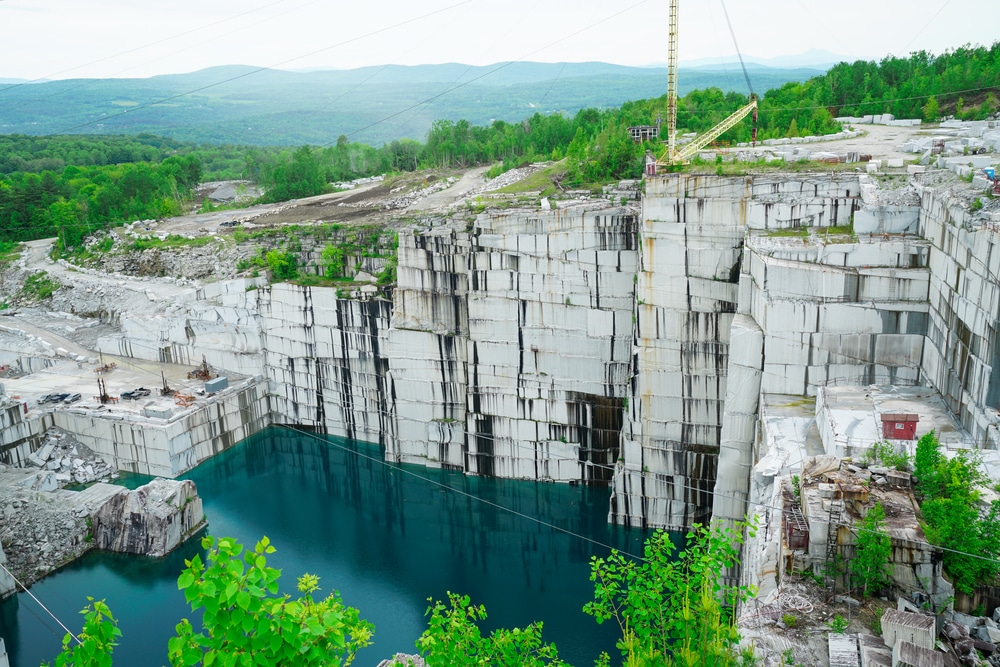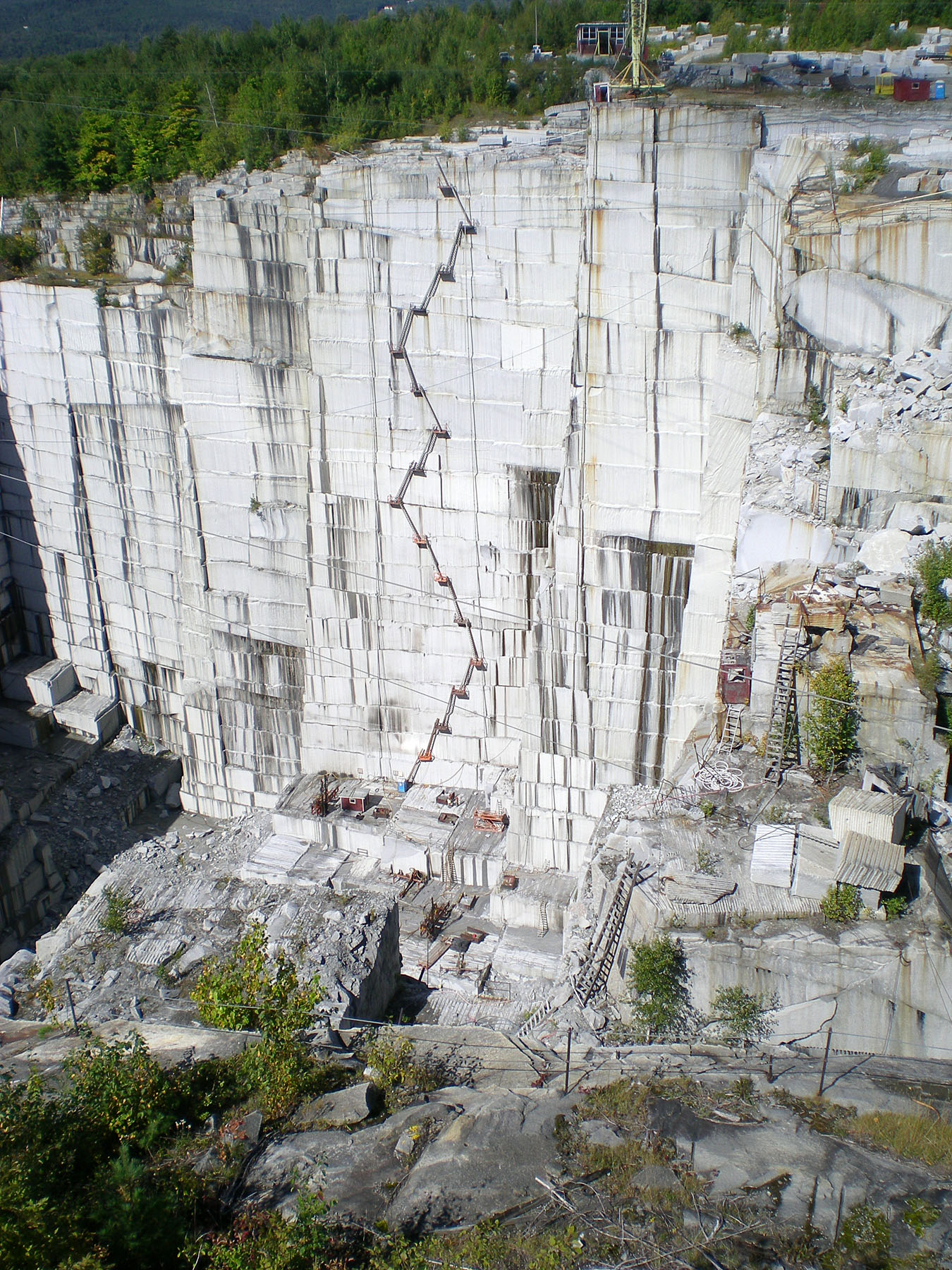The Covert Treasures: Exploring Granite Quarries in South Africa
The Covert Treasures: Exploring Granite Quarries in South Africa
Blog Article
Letting Loose the Beauty and Toughness of Granite Quarry: A Journey Through Time
Granite quarries stand as testaments to both the geological marvels of our planet and the long-lasting workmanship of humankind. The journey via time that granite quarrying stands for is an engaging narrative of development, perseverance, and the detailed dance in between nature and industry. Comprehending the origins of this olden technique, the evolution of methods and tools used, and the modern significance of granite quarrying reveals a tapestry rich in history and importance. As we peel off back the layers of time and dive into the detailed world of granite quarrying, we uncover a story that not just showcases the beauty and toughness of this majestic stone however additionally clarifies the extensive influence it has carried worlds past and existing.

The Beginnings of Granite Quarrying
In the record of background, the beginnings of granite quarrying can be traced back to old worlds where the mission for long lasting structure materials sustained the introduction of this ageless craft. From the stunning structures of old Egypt to the grand temples of Greece, granite has been admired for its stamina, beauty, and durability. The Egyptians, with their sophisticated quarrying techniques, were amongst the initial to extract granite on a huge scale, utilizing it to build significant pyramids and elaborate statuaries that have actually held up against the examination of time.
As worlds developed, so did the approaches of quarrying granite. The Romans even more improved the methods, creating tools and equipment to essence and transport granite over large distances for their architectural jobs. The toughness and aesthetic allure of granite made it a valued product for sanctuaries, monuments, and sculptures throughout the ages.
Today, the legacy of old quarrying techniques survives, with modern innovation improving performance while still paying tribute to the workmanship of our ancestors. The beginnings of granite quarrying offer as a testimony to human ingenuity and the enduring allure of this noble stone.
Tools and Techniques of Quarrying
Exploring the precise workmanship of granite quarrying reveals a sophisticated selection of tools and strategies carefully refined over centuries. Quarrying granite requires specialized tools to remove the rock from the planet effectively and with precision. Modern quarries use diamond-wire saws, high-powered drills, and nitroglycerins to damage apart the granite in a controlled fashion. These devices enable the removal of huge blocks of granite while lessening waste and environmental impact.
In enhancement to advanced machinery, traditional hand tools are still used in specific quarrying procedures to make sure fragile precision in drawing out the stone. Chisels, hammers, and wedges are used by experienced quarry employees to different granite blocks along natural cracks, a technique that has been given through generations.
Moreover, techniques such as piercing vertical and straight openings for inserting plumes and wedges, in addition to the regulated use explosives in strategic locations, enable quarry employees to remove granite effectively while protecting the integrity of the rock. The harmony between contemporary innovation and typical craftsmanship is vital to the sustainable quarrying of granite for generations ahead.
Evolution of Granite Quarries
The transformation of granite quarries with time exposes a remarkable narrative of technological advancement and industry evolution. From old times where hands-on tools like blades and hammers were made use of to extract granite blocks, to the commercial revolution introducing steam-powered equipment for faster quarrying, the development of granite quarries has been marked by significant technologies. In current decades, the development of ruby wire saws and progressed exploration modern technologies has changed the removal procedure, enabling much more precise cuts and minimized waste of resources.

Granite Quarrying in Modern Times
The progression of granite quarrying techniques from historical dependence on manual tools to the advanced approaches of modern times highlights an exceptional trip of technological advancement and sustainability techniques within the sector. In modern granite quarrying, advanced equipment such as diamond cable saws, high-capacity excavators, and digital drilling devices have actually changed the extraction procedure. These devices boost performance, precision, and safety and security, enabling for bigger amounts of granite to be removed in a much shorter duration compared to typical techniques.
Furthermore, contemporary quarrying methods focus on sustainability and ecological stewardship - granite quarries in south africa. Companies are significantly adopting green strategies like water reusing systems, dirt reductions technologies, and rehabilitation plans for tired quarries. These efforts intend to minimize the environmental effect of granite removal, preserve natural deposits, and restore quarried landscapes to their initial state
Additionally, the assimilation of digital innovations like drones, GPS monitoring, and 3D modeling has enabled quarry operators to maximize procedures, improve decision-making, and make certain the sustainable monitoring additional hints of sources. By accepting development and sustainability, the granite quarrying market in modern-day times proceeds to thrive while maintaining ecological duty.

Protecting and Securing Granite Quarries
In the middle of the evolving landscape of granite quarrying methods, conservation and security of these important natural websites have ended up being paramount concerns for industry stakeholders and environmental advocates alike. As granite quarries continue to be an important source of this desired rock, it is necessary to adopt sustainable approaches that ensure their longevity and guard bordering environments.
Maintaining granite quarries involves applying reliable improvement strategies to bring back the land post-extraction. granite quarries in south africa. This process consists of reshaping the surface, replanting indigenous greenery, and producing habitats for wildlife to thrive. By recovering quarries to their all-natural state, the ecological impact can be reduced, and the beauty of these landscapes can sustain for future generations to appreciate
Moreover, safeguarding granite quarries requires implementing guidelines that govern responsible quarrying methods. This consists of surveillance water top quality, managing dust exhausts, and managing sound levels to minimize disturbances to the environment and nearby communities. Joint initiatives between industry players, governmental bodies, and conservation teams are essential in maintaining these criteria and making certain the lasting use granite quarries.
Final Thought
In final thought, the journey via time in granite quarrying exposes the beginnings, tools, methods, and evolution of this method. The contemporary era has brought advancements in quarrying techniques, making it go to this site possible for the preservation and protection of these important natural resources. It is very important to continue to support sustainable practices to ensure the elegance and toughness of granite quarries for future generations to appreciate.
Report this page